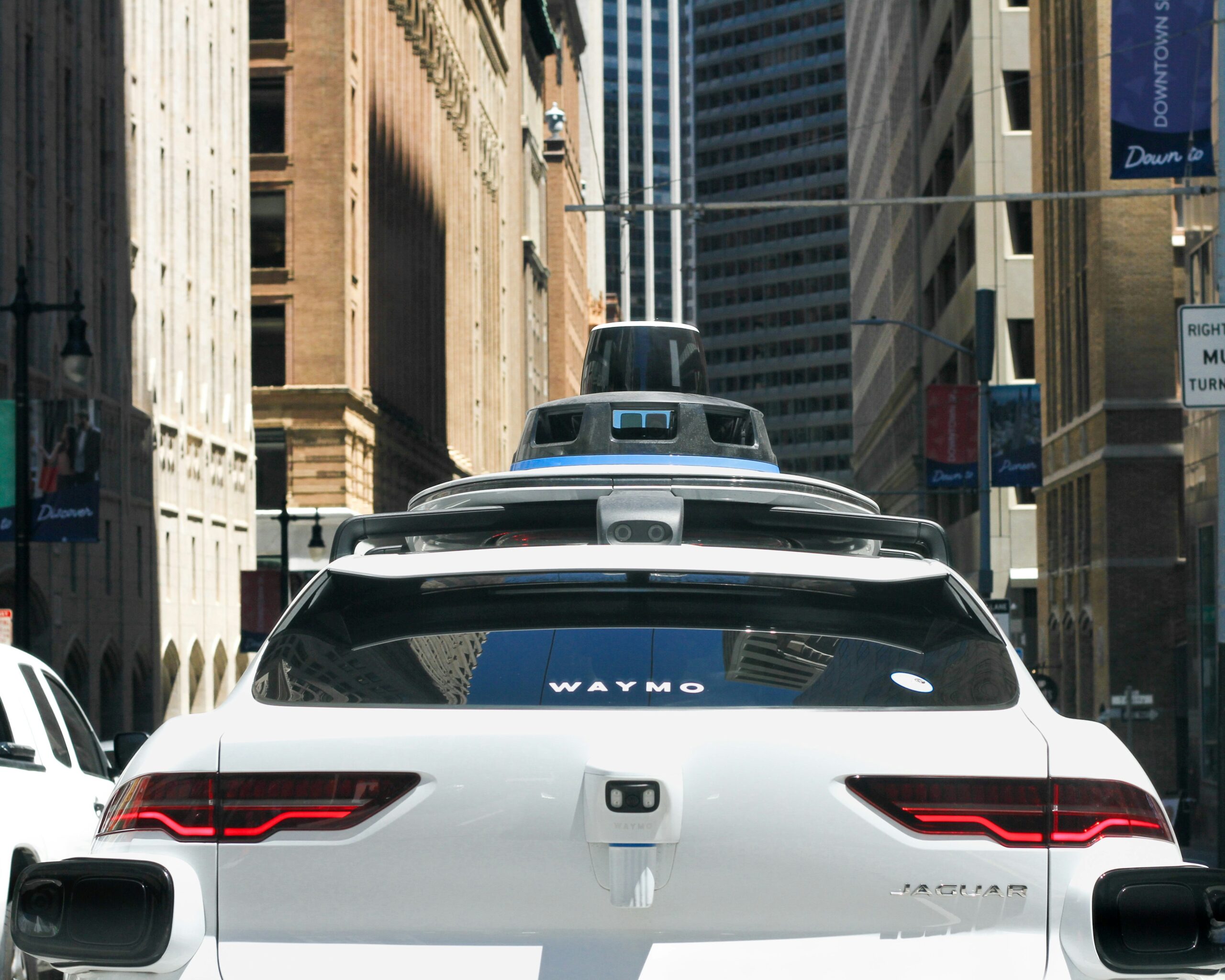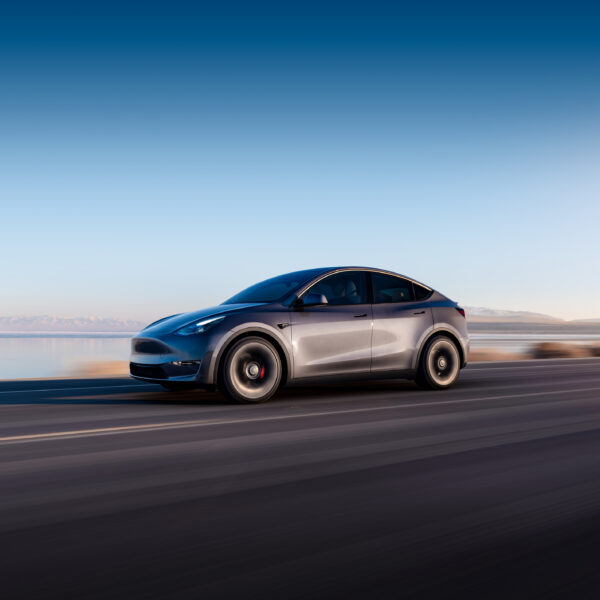
-
Electric vehicles aren’t just cleaner – they’re smarter at beating traffic. With smoother acceleration and braking, EVs can reduce congestion and prevent phantom jams.
-
Instant torque and regenerative braking stabilize traffic flow. EVs help eliminate stop-and-go driving, which is a major cause of urban gridlock.
-
Smarter cities need smarter cars. Integration with intelligent transportation systems and autonomous tech puts EVs at the center of future traffic solutions
Traffic congestion is a major problem faced by urban centers around the world. As populations grow and cities become more densely populated, finding solutions to ease congestion is becoming a top priority for both governments and transportation experts. Electric vehicles (EVs), once considered just an environmentally friendly alternative to gasoline-powered cars, are now being seen as key players in transforming traffic systems. With advanced technologies such as regenerative braking, autonomous features, and integration with intelligent transportation systems (ITS), EVs have the potential to significantly alleviate traffic congestion. In this article, WhipSmart CEO Tim Brown hypothesises how EVs can reduce traffic congestion, enhance traffic flow, and contribute to safer and more sustainable urban mobility.
What Is Traffic Theory?
Traffic theory refers to the study of the movement of vehicles and people on roadways and the behavior of traffic flow. Traffic experts use this theory to understand and predict how various factors (e.g., road design, vehicle types, driver behavior, and infrastructure) influence congestion, safety, and overall traffic efficiency. One area of traffic theory focuses on how vehicles interact with one another, especially when driving in close proximity. This is where EVs, with their smoother acceleration patterns, have the potential to make a real difference.
Role of Torque in Traffic Congestion
Torque is a fundamental force that plays a significant role in vehicle performance, particularly when it comes to acceleration. Torque refers to the rotational force that an engine or motor produces to move the vehicle. In internal combustion engine (ICE) vehicles, torque is generated in a more gradual and variable way, resulting in more erratic acceleration and deceleration patterns. In contrast, EVs produce instant torque due to their electric motors, which allows them to accelerate more smoothly and consistently. This characteristic enables EVs to avoid the often jerky, stop-start behavior that often contributes to phantom traffic jams.
What Are Phantom Traffic Jams?
Phantom traffic jams occur when a small disruption in traffic — such as a single car tapping its brakes — leads to a ripple effect, causing subsequent vehicles to stop and go unnecessarily. These types of jams are often not caused by any physical obstruction or congestion, but by a chain reaction of braking and acceleration that spirals out of control.
EVs, particularly those equipped with adaptive cruise control and autopilot features, can help mitigate this issue. By maintaining more stable speeds and reducing the likelihood of sudden deceleration, EVs can smooth out the flow of traffic and prevent phantom jams from occurring. The importance of this can’t be understated: even a small reduction in stop-and-go driving can have a significant impact on overall traffic flow.
The Impact of Stabilizing Braking
Another important feature of EVs is regenerative braking. Regenerative braking is a technology that allows an electric vehicle to recover energy during braking and store it in the vehicle’s battery. Rather than relying on traditional friction brakes, which can create abrupt stops, regenerative braking encourages smoother deceleration and helps maintain a more fluid traffic rhythm.
A study conducted by MIT and Toyota Research Institute found that smoother acceleration and braking patterns from autonomous or semi-autonomous vehicles can stabilize traffic flow, even if only a small percentage of vehicles adopt this behavior (MIT Research). The research emphasized that such technologies could play a significant role in reducing congestion and improving road safety. When drivers use regenerative braking, the need for hard stops is minimized, resulting in less disruption to the flow of traffic.
Regenerative Braking: How It Works and Why It’s Efficient
Regenerative braking works by using the electric motor to slow the vehicle down, converting kinetic energy into electrical energy, which is then stored in the battery. This process not only makes EVs more energy-efficient but also helps to reduce wear on traditional braking components, leading to lower maintenance costs. Furthermore, the smoother deceleration enabled by regenerative braking results in a more stable driving experience, which directly impacts traffic flow. The fluidity of EVs in decelerating is a crucial factor in minimizing traffic shocks that cause stop-and-go driving patterns (EV Magazine).
How Can EVs Help Improve Traffic Flow?
Beyond their smoother acceleration and braking patterns, EVs have several other features that can help alleviate congestion. The integration of intelligent transportation systems (ITS) and the development of autonomous fleets are two important areas where EVs can make a significant impact.
Benefit One: Integration with Intelligent Transportation Systems (ITS)
EVs, especially when equipped with autonomous features, are ideal candidates for integration with Intelligent Transportation Systems (ITS). ITS involves using real-time data and technology to optimize traffic flow, manage traffic signals, and ensure smoother transportation networks. These systems can improve traffic efficiency, reduce congestion, and enhance safety by providing information about road conditions, traffic volumes, and accidents.
As more EVs come equipped with connected technologies, their ability to communicate with traffic infrastructure (e.g., traffic lights, road sensors) will enable a more synchronized movement of vehicles, reducing delays and improving overall flow. Many EVs already have some of these features, and their prevalence is only expected to grow as automation and smart city infrastructure continue to advance.
According to a paper on ITS from Science Direct; Intelligent Transportation Systems are expanding rapidly to address the increasing demand for safer, more efficient, and sustainable transportation solutions. These systems include various applications, such as vehicle-to-vehicle (V2V) communication, intelligent traffic lights, and mobility prediction tools, all of which can directly contribute to improved traffic flow and reduced congestion. (Science Direct).
Benefit Two: Autonomous Fleets and Dedicated Lanes for EVs
Another promising way that EVs can help alleviate traffic congestion is through the implementation of dedicated lanes for autonomous electric vehicles. These lanes would allow autonomous vehicles to travel more efficiently and safely, reducing the overall number of vehicles on the road and minimizing congestion. In the autonomous vehicle (AV) transition era, where both human-driven and autonomous vehicles will share the road, having AV-dedicated lanes could significantly improve traffic flow and reduce travel time.
A study on autonomous vehicle lane implementation found that such dedicated lanes could improve safety, decrease travel time, and reduce emissions. The research also proposed a sustainability-driven framework for allocating AV lanes, ensuring that these lanes contribute to both economic and environmental sustainability. These lanes would help optimize the movement of connected and automated vehicles, leading to fewer traffic disruptions and smoother roadways for all users. (Science Direct).
Conclusion: The Future of Traffic with EVs
Electric vehicles offer more than just an environmentally friendly alternative to traditional cars. They hold the potential to significantly improve traffic flow and reduce congestion. With features like smoother acceleration and regenerative braking, EVs can help minimize the stop-and-go behavior that often causes phantom traffic jams. Should the integration of EVs with intelligent transportation systems (ITS) actually occur; the development of autonomous fleets could lead to a future where traffic moves more efficiently and safely. As these technologies continue to advance, the role of EVs in alleviating traffic congestion will only grow, contributing to more sustainable, smarter cities.









